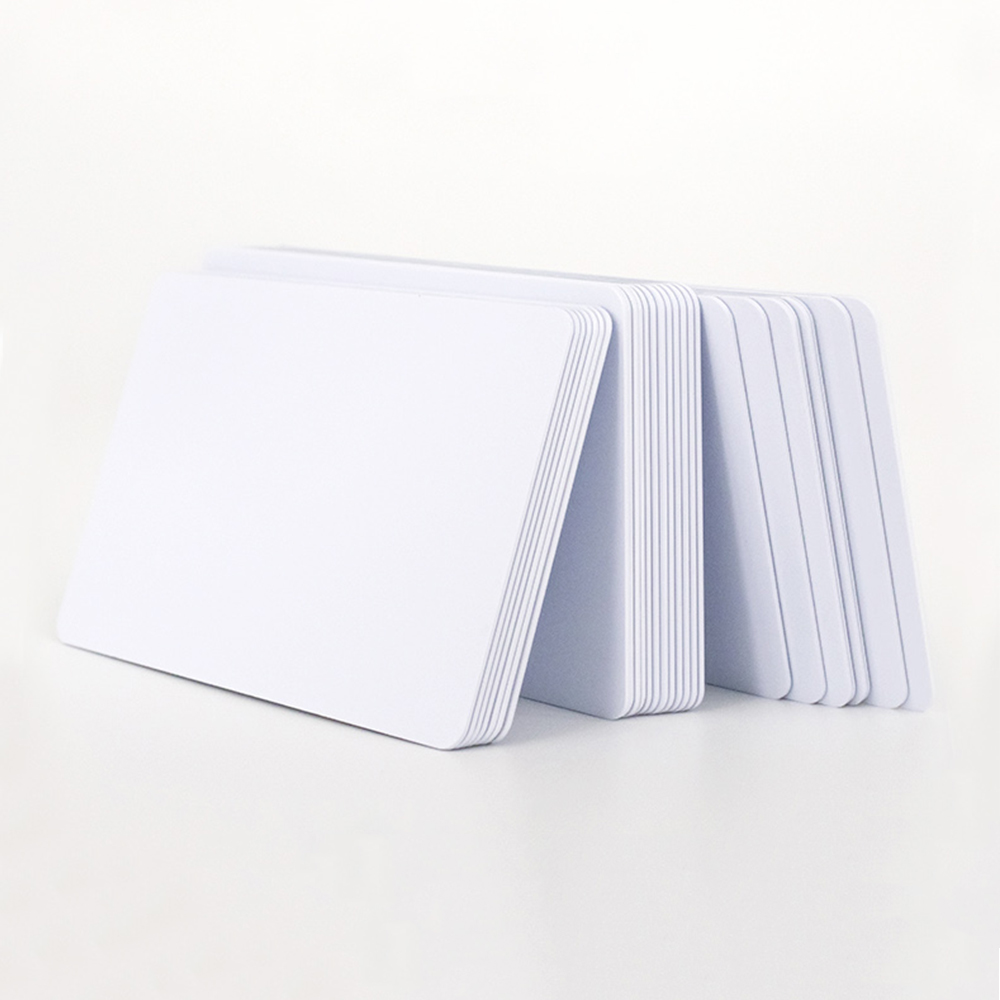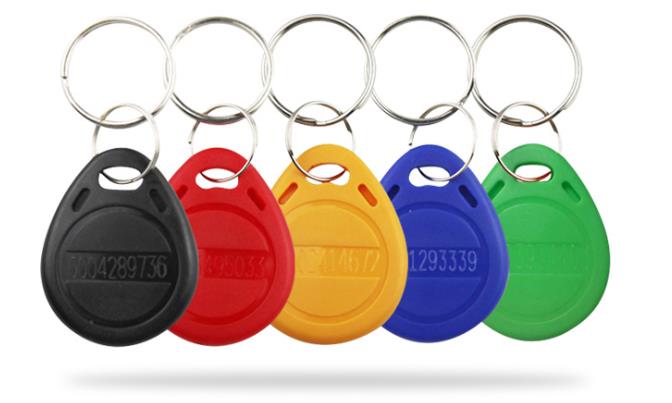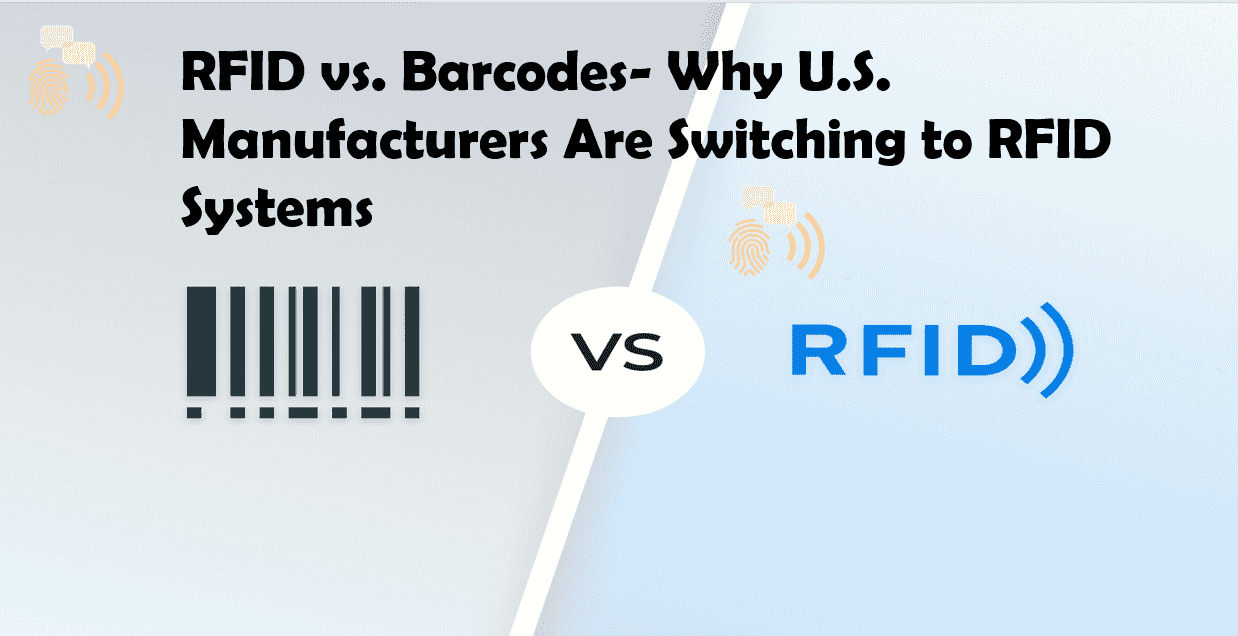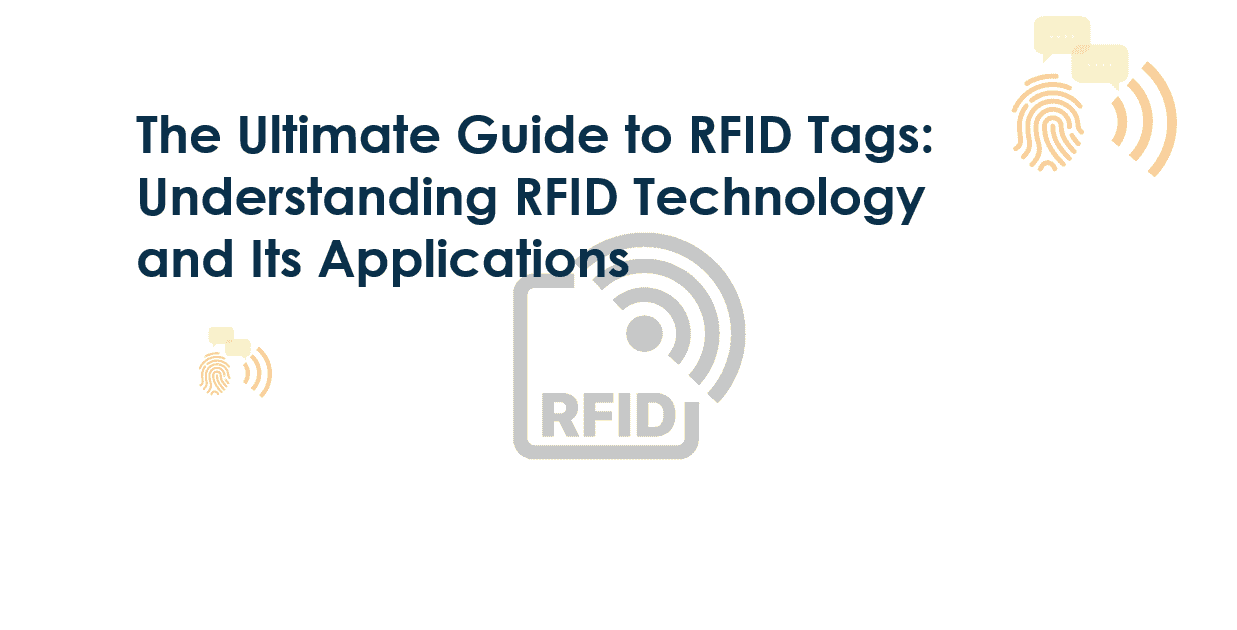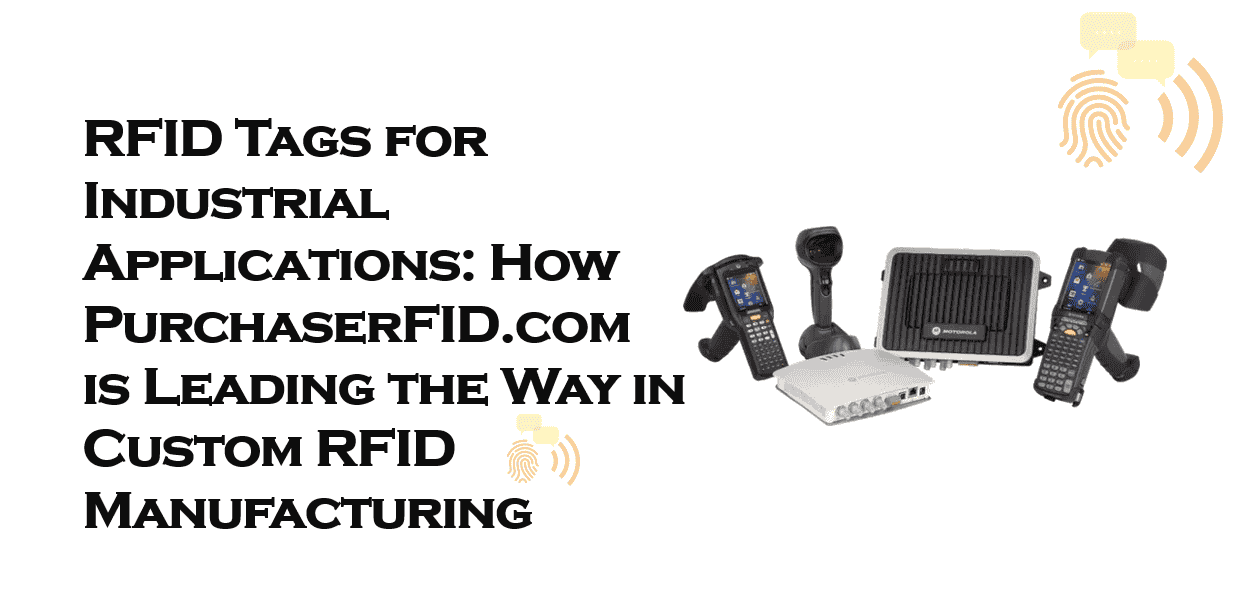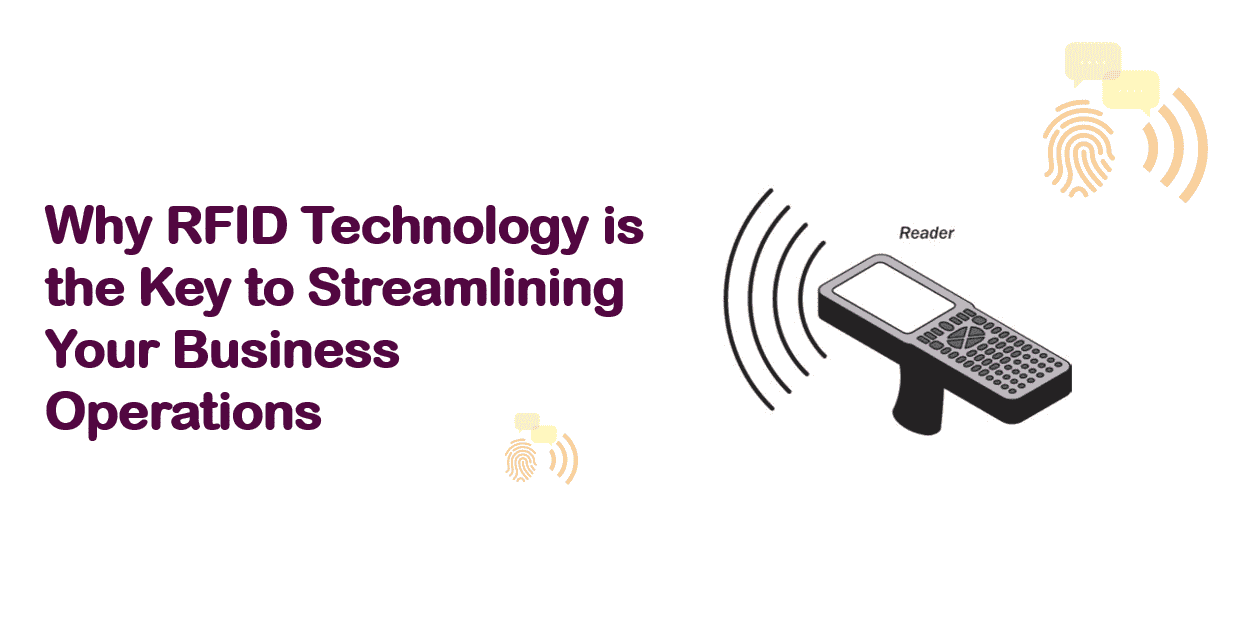Enhance Your Supply Chain with UHF RFID Technology from purchaseRFID
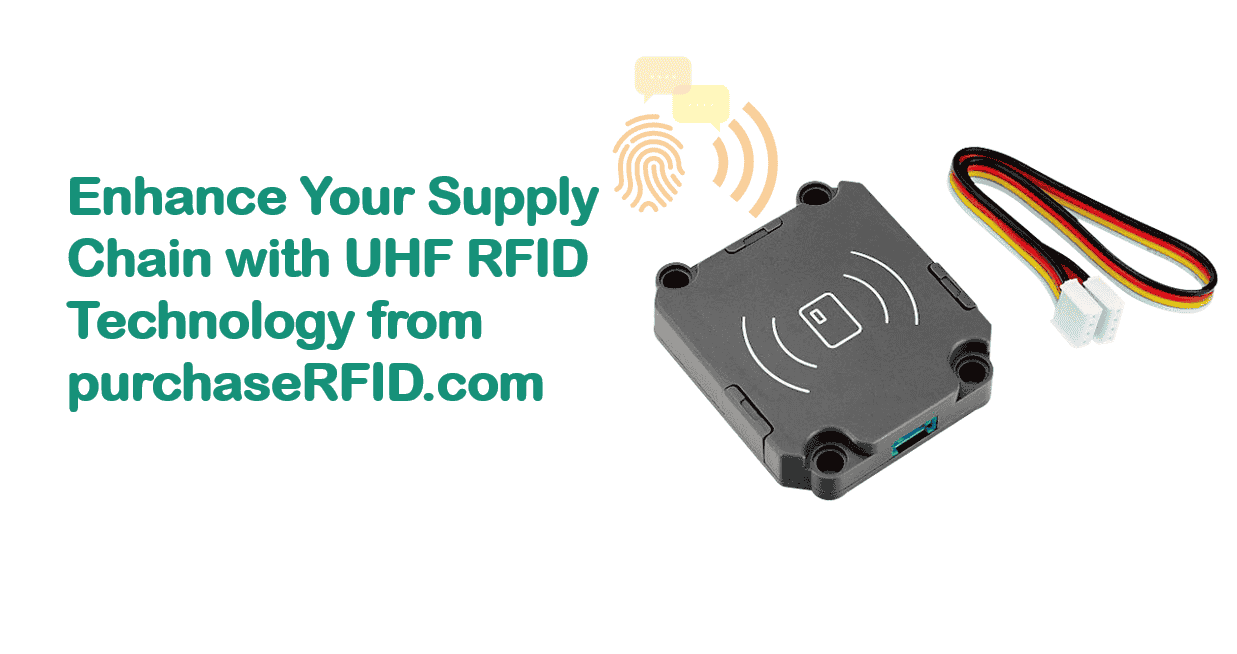
Enhance Your Supply Chain with UHF RFID Technology from purchaseRFID.com
In today’s fast-paced business world, supply chain efficiency is paramount. Companies are increasingly turning to advanced technologies to streamline operations, reduce costs, and improve accuracy. One such technology that has revolutionized supply chain management is UHF RFID technology. This technology enables businesses to track, monitor, and manage goods with greater precision, leading to improved operational performance and customer satisfaction. At the forefront of this innovation is purchaseRFID.com, a leading provider of cutting-edge RFID supply chain solutions.
In this article, we’ll explore how UHF RFID technology can transform your supply chain, enhance productivity, and ultimately help your business stay ahead in the competitive market.
Table of Contents
What is UHF RFID Technology?
UHF RFID (Ultra High Frequency Radio Frequency Identification) technology uses radio waves to wirelessly communicate between an RFID reader and RFID tags attached to products or assets. UHF RFID tags, typically placed on items, transmit data to the reader, which can then relay information to an integrated system for tracking, monitoring, and data collection. This technology operates in the UHF range, typically between 860 MHz and 960 MHz, allowing for long-range communication.
The most significant benefit of UHF RFID technology is its ability to provide automatic and real-time tracking of items, eliminating the need for manual scanning and reducing the risk of human error. This ability to track items from a distance makes it an ideal solution for modern supply chain operations.
Key Benefits of UHF RFID Technology for Supply Chain Management
1. Improved Visibility and Tracking
One of the primary advantages of UHF RFID technology is the enhanced visibility it provides within the supply chain. With long-range RFID tags, businesses can track the movement of goods from the moment they enter the warehouse until they reach their destination. This level of visibility enables companies to monitor inventory levels, reduce the risk of stockouts, and optimize restocking processes.
Moreover, real-time tracking of goods through RFID supply chain solutions ensures that managers are always aware of where inventory is located. Whether items are on a delivery truck, in a warehouse, or in transit, UHF RFID tags can continuously update their status, allowing businesses to respond quickly to any disruptions or delays.
2. Enhanced Accuracy and Reduced Errors
Manual inventory tracking methods are often prone to human error. Employees may accidentally scan the wrong item or miss scanning altogether, leading to discrepancies in stock levels. UHF RFID technology eliminates this problem by automating the tracking process. RFID readers can scan multiple items simultaneously, drastically reducing the chances of errors and ensuring that inventory data is accurate and up-to-date.
By leveraging long-range RFID tags, businesses can automatically track the movement of items without requiring manual intervention, ensuring that all stock is accounted for. This not only improves operational efficiency but also increases the accuracy of reporting and forecasting.
3. Faster Processing and Reduced Labor Costs
The ability to scan multiple items at once with UHF RFID readers accelerates the process of receiving, storing, and shipping goods. In a traditional supply chain environment, employees must scan items individually, which can be time-consuming and labor-intensive. UHF RFID technology eliminates this bottleneck by enabling fast, bulk scanning, resulting in quicker processing times and reduced labor costs.
Additionally, RFID systems are capable of tracking and managing inventory without direct line-of-sight, unlike barcodes, which require visibility for scanning. This enables faster inventory counts, efficient shipping operations, and quicker restocking.
4. Improved Asset Management
Managing assets across a complex supply chain can be a daunting task, especially for companies that handle thousands of items daily. UHF RFID technology simplifies this process by allowing businesses to track and manage assets in real-time. Whether it's tools, equipment, or inventory, long-range RFID tags can be attached to items, enabling businesses to monitor their status, usage, and location without having to manually check every asset.
For example, if a company is managing thousands of containers or pallets, RFID tags can provide a quick, real-time count of how many items are in circulation, when they were last used, and where they are currently located. This information can help optimize storage and asset utilization, minimizing the risk of loss or misplacement.
5. Better Supply Chain Collaboration
In today’s globalized economy, supply chains often involve multiple parties, including suppliers, manufacturers, distributors, and retailers. RFID supply chain solutions enhance collaboration among all stakeholders by providing a shared platform for tracking and monitoring inventory. With UHF RFID technology, all parties can access real-time data on the status and location of goods, improving communication and fostering better decision-making.
For example, suppliers can be notified when a product has been received at a warehouse, and retailers can be alerted when stock is running low. This seamless flow of information leads to greater transparency and coordination, which can improve the overall efficiency of the supply chain.
Why Choose purchaseRFID.com?
When it comes to implementing UHF RFID technology in your supply chain, choosing the right partner is crucial. purchaseRFID.com is a trusted provider of high-quality RFID supply chain solutions, offering a wide range of UHF RFID products, including long-range RFID tags, readers, and antennas. Their products are designed to integrate seamlessly into your existing supply chain infrastructure, providing you with the tools necessary to optimize operations and improve inventory management.
By choosing purchaseRFID.com, you gain access to expert guidance and support, ensuring that your RFID system is tailored to meet your specific needs. Whether you’re looking to enhance inventory visibility, improve asset tracking, or streamline shipping processes, their team can help you implement a solution that delivers measurable results.
Conclusion
UHF RFID technology offers powerful benefits for modern supply chains, including enhanced visibility, improved accuracy, faster processing times, and better asset management. By adopting RFID supply chain solutions from purchaseRFID.com, businesses can gain a competitive edge, reduce operational costs, and improve customer satisfaction.
With long-range RFID tags, your business can track goods over greater distances, providing real-time updates that help optimize your supply chain processes. If you’re ready to enhance your supply chain with the latest RFID technology, visit purchaseRFID.com and discover how their innovative solutions can help your business thrive in the digital age.
Related Products
Here are some relevant statistics and facts that could enhance the article on UHF RFID technology and its impact on supply chain management:
1. Global RFID Market Growth
- The global RFID market size is expected to reach $47.77 billion by 2026, growing at a compound annual growth rate (CAGR) of 14.4% from 2019 to 2026. This growth is driven by the increasing adoption of RFID technology in various industries, including supply chain management and logistics. (Source: Grand View Research)
2. Improvement in Inventory Accuracy
- Implementing RFID technology in supply chains can improve inventory accuracy by up to 99%. This drastic reduction in errors helps businesses save time and reduce costs associated with manual tracking and stock discrepancies. (Source: Zebra Technologies)
3. Reduction in Operational Costs
- According to a study by the U.S. Department of Defense, RFID technology helped reduce the costs associated with asset tracking and inventory management by 15% to 25%. Businesses that adopt RFID solutions see similar cost savings, improving their bottom line. (Source: U.S. Department of Defense)
4. Faster Item Scanning
- UHF RFID systems can scan up to 1000 items per second in a matter of seconds, compared to traditional barcode scanning systems that may take significantly longer. This rapid scanning capability greatly enhances operational efficiency, especially in large-scale supply chain operations. (Source: RFID Journal)
5. Inventory Turnover Improvement
- A study by Retail Systems Research found that companies that implemented RFID technology saw a 20% to 30% improvement in inventory turnover rates, allowing businesses to optimize stock levels and reduce excess inventory. (Source: Retail Systems Research)
6. Reduction in Stockouts
- RFID-enabled supply chain solutions have been proven to reduce stockouts by approximately 50%, as businesses can track and reorder products in real-time, preventing inventory shortages. (Source: Impinj)
7. Global RFID Adoption
- A report by ABI Research found that more than 70% of retailers worldwide are already implementing or planning to implement RFID technology to improve inventory accuracy and operational efficiency. (Source: ABI Research)
8. Environmental Impact
- RFID tags are considered more environmentally friendly than traditional barcode labels. RFID tags can be reused and recycled, which can help reduce waste in supply chains. In addition, RFID systems can reduce the need for paper-based records and manual processes, further reducing environmental impact. (Source: RFID Journal)
